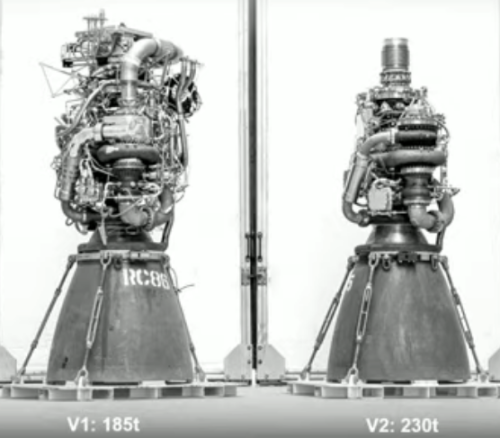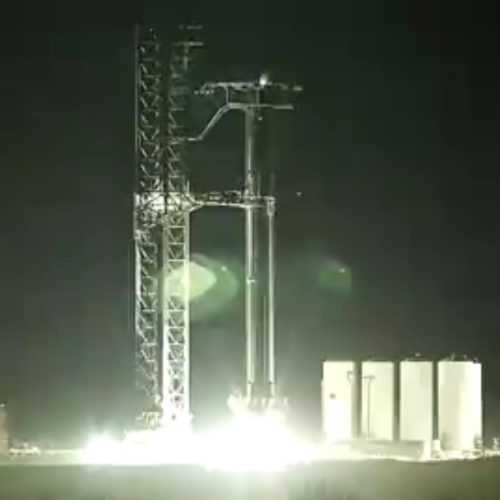Virgin Galactic chairman resigns
Getting out while the getting is good: Chamath Palihapitiya, who has been chairman of Virgin Galactic’s board since it went public in 2019, suddenly announced today that he has resigned from the company.
Palihapitiya’s SPAC, or special purpose acquisition company, took Virgin Galactic public in October 2019. The company’s stock has faced volatile trading since then — climbing above $60 a share in the months ahead of Sir Richard Branson’s test spaceflight, but it recently fell below its public debut price on news of a further delay in the start of commercial service.
The now-former chairman sold his personal Virgin Galactic stake in early 2021 that was worth over $200 million at the time. But he indirectly owns about 15.8 million shares through Social Capital Hedosophia Holdings.
Like Richard Branson, Palihapitiya sold the majority of his stock when the price was high, about the time the company flew its first and only passenger flight in July, with Richard Branson on board. His exit now suggests he wants out before the company’s dismal future prospects become obvious.
Getting out while the getting is good: Chamath Palihapitiya, who has been chairman of Virgin Galactic’s board since it went public in 2019, suddenly announced today that he has resigned from the company.
Palihapitiya’s SPAC, or special purpose acquisition company, took Virgin Galactic public in October 2019. The company’s stock has faced volatile trading since then — climbing above $60 a share in the months ahead of Sir Richard Branson’s test spaceflight, but it recently fell below its public debut price on news of a further delay in the start of commercial service.
The now-former chairman sold his personal Virgin Galactic stake in early 2021 that was worth over $200 million at the time. But he indirectly owns about 15.8 million shares through Social Capital Hedosophia Holdings.
Like Richard Branson, Palihapitiya sold the majority of his stock when the price was high, about the time the company flew its first and only passenger flight in July, with Richard Branson on board. His exit now suggests he wants out before the company’s dismal future prospects become obvious.


